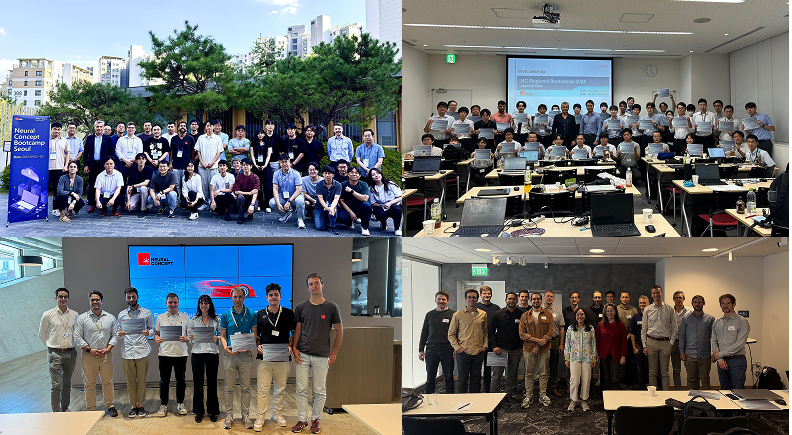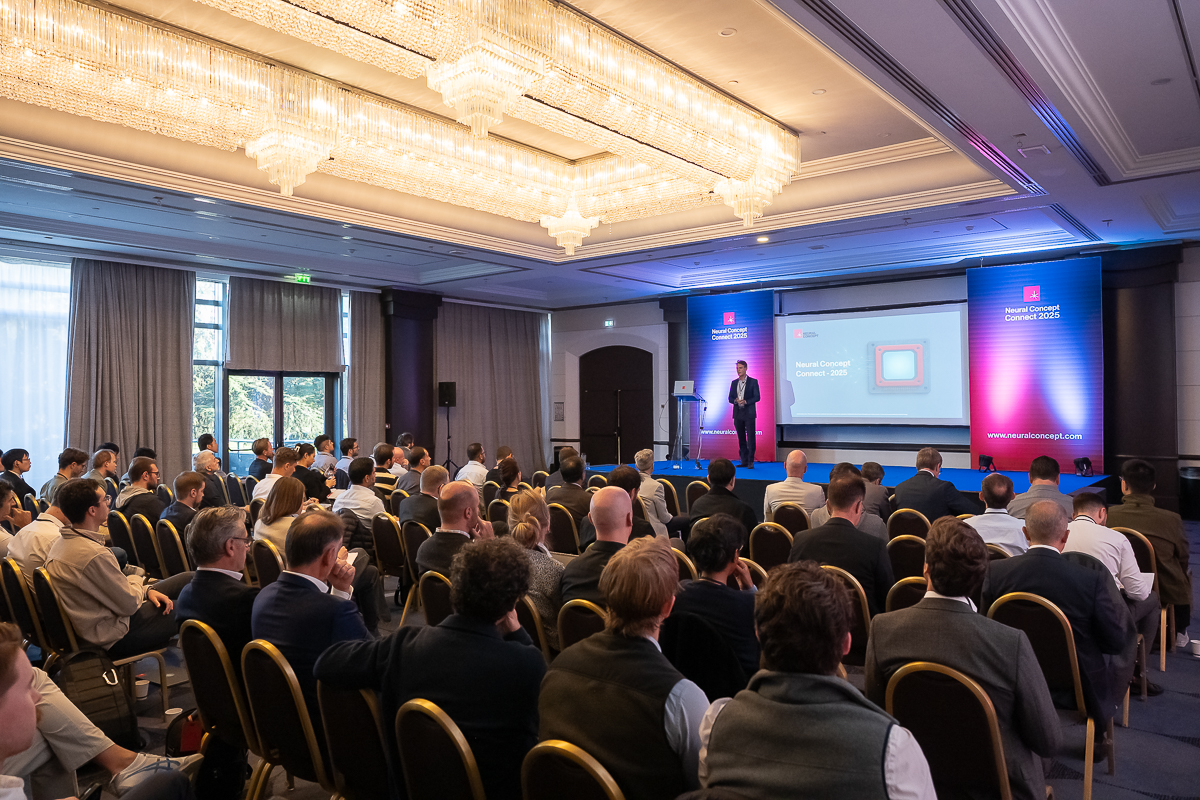Engineering Product Design: Key Stages and Career Pathways
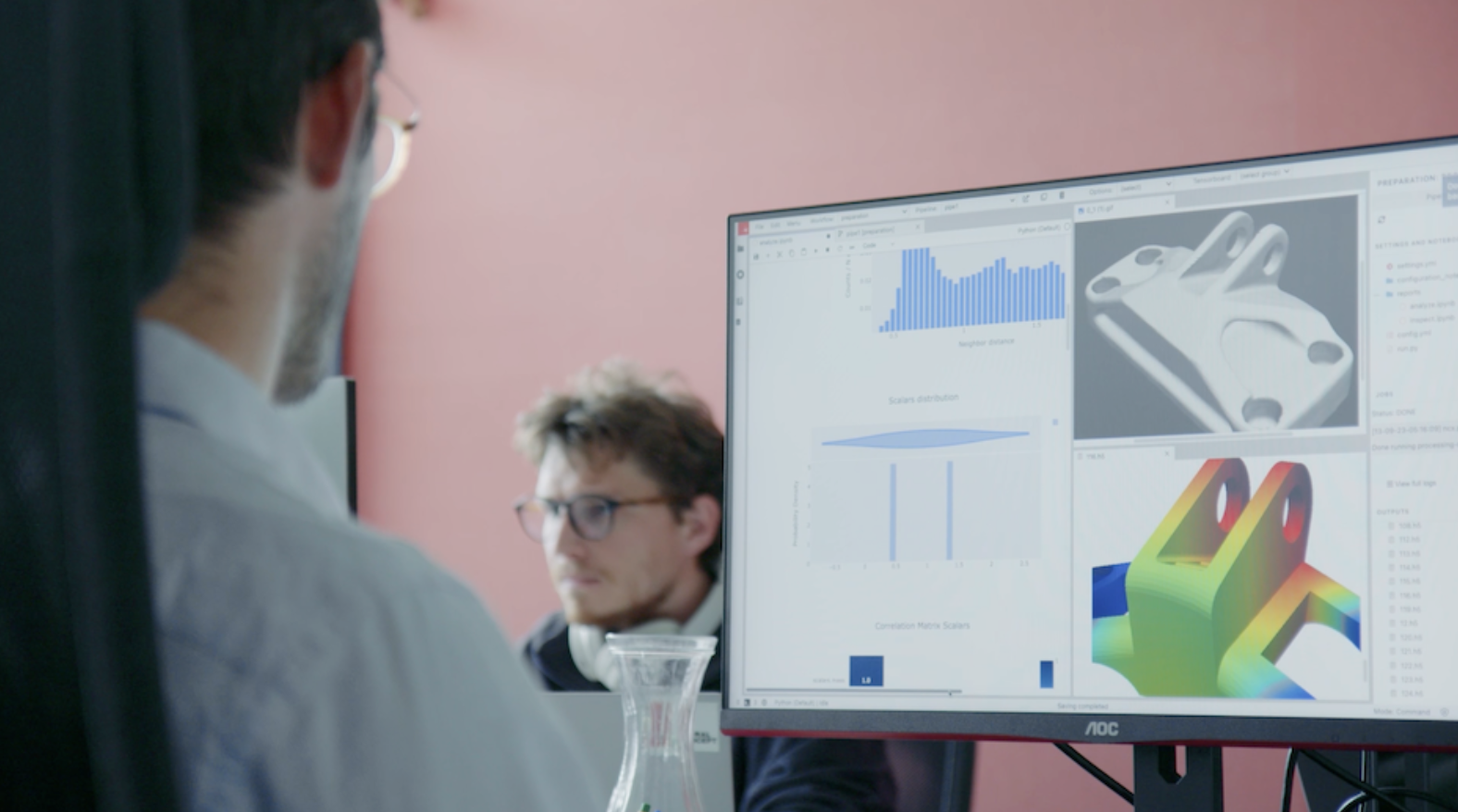
This article is dedicated to engineering product design's technical and career path aspects. The career path in engineering product design combines creativity, software proficiency, and engineering science. This combination of hard and soft skills, such as cross-team collaboration, is indispensable for companies. Corporations must produce products that meet end-user requirements regarding functionality, quality, price, and sustainability. In response to these evolving demands, the nature of product design and development within engineering companies has changed dramatically. Products have become more multifaceted, and engineering product design is changing as consumers seek products that look good, last longer, are in trend, and cost less. At the same time, companies strive to maintain profit margins and prevent post-sales issues, such as warranty returns or devastating recall campaigns. Trying to put together all the above needs, product design takes a multidisciplinary approach that integrates mechanical, electrical, electronic, and software components to tackle challenges such as maintaining profit margins and preventing post-sales issues. This creates career paths that are very exciting for any engineer because of the involved multidisciplinary hard skills and teamwork soft skills.
Therefore, having the knowledge and understanding of the technical aspects of industrial design is required before discussing the careers and salaries of product designers. We will review the engineering technologies that open job opportunities for designers.
What is the essence of Engineering Product Design in creating new products?
Engineering product design transforms ideas into → functional products.
So, it is the discipline of shaping solutions that:
- meet technical requirements,
- serve real needs,
- and make business sense.
Good design strikes a balance between technical performance, usability, and feasibility. But it extends beyond functionality aspects. To be effective, engineering product design must encompass manufacturing and business considerations.
Mass customization plays a vital role in this process. It makes mass products tailored to individual users' needs, without sacrificing efficiency or cost-effectiveness. User-centric design prioritises the wants and experiences of the user.
The Engineering Product Design Process: Stages and Best Practices
Design methodologies form the blueprint for product design and development. They provide the structured foundation upon which ideas evolve into viable products. Successful product design is never accidental. It is the outcome of a structured process that begins with concept exploration and development and continues through detailed engineering, validation, manufacturing, and refinement after launch.
Below, the journey is broken down into core phases.
Each phase has its steps, tools, and best practices.
1. Conceptual Design: From Ideas to Feasible Concepts
The first step in the product design process is the product definition stage, crucial for understanding final product requirements. At this early phase, teams explore a wide range of possibilities, aiming to eliminate infeasible directions and converge toward a promising set of solutions. This is the essence of the concept design stage, where ideas are developed and assessed with a Product Design Specification (PDS). This document translates user needs and business goals into precise design requirements.
Brainstorming and Sketching
Teams generate many ideas through sketching, creative workshops, and benchmarking. In the early stages, "quantity over quality" is the aim: novelty drives innovation.
CAS / CAID Tools and Link to Non-Parametric Deep Learning
Digital styling tools, such as Computer-Aided Styling (CAS), or industrial design platforms, like Computer-Aided Industrial Design (CAID), support this creativity by allowing designers to quickly shape, refine, and iterate on visual and ergonomic concepts. These tools bridge raw sketches and more detailed CAD models, helping align aesthetic intent with engineering constraints early on.
CAS and CAID tools are typically non-parametric or less parametric than traditional CAD tools. Their primary goal is freeform surface modeling, which involves exploring shape, aesthetics, and ergonomics early in the design process. Tools like Alias, Rhino (in its core NURBS workflow), or Blender prioritize surface continuity, curvature, and visual flow over dimensional constraints. Parametric modeling (dimensions, constraints, feature trees) becomes more relevant later, in the CAD phase, when engineers prepare the model for simulation, tolerances, and production.
The ability of convolutional neural networks (3D Deep Learning) at Neural Concept to learn from non-parametric shapes, such as the freeform surfaces created in CAS/CAID tools, aligns with their strength in pattern recognition and flexible representation. Unlike traditional parametric models, non-parametric designs provide rich, continuous data that neural networks can analyze to identify underlying structures or aesthetic patterns without predefined constraints.

Preliminary CAD Modeling and 3D Engineering Simulations (CAE, AI)
Once promising concepts emerge, product design engineers utilize CAD tools (e.g., SolidWorks, Siemens NX, CATIA) to create detailed models that assess geometry, fit, and interactions with adjacent components.
These early models can feed preliminary FEA or CFD simulations, sometimes low-fidelity or assisted by AI surrogates to catch obvious structural, thermal, or aerodynamic issues.
This phase isn’t about final validation; it happens months or even years before production. The goal is to make fast, informed decisions, reduce design iteration cycles, and accelerate time to market. From a business perspective, this translates to lower development risk and a quicker return on investment (ROI) for innovation.
Technical Feasibility Check
Concepts are reviewed against technical constraints, including industry standards, patent restrictions, manufacturing methods, and material limitations. This often involves tolerance stack-up analysis, preliminary cost estimation, and Design for Manufacturing (“DfM”) assessments. At this stage, designers consult supplier datasheets or run quick parametric studies to confirm material performance under expected loads or thermal conditions.
Suggestions for Innovative Conceptual Design Methodologies
(1) Utilize AI-driven generative design to accelerate the exploration of the design space while adhering to constraints, such as mass, stress limits, and volumes (see the figure for an example of an internal volume constraint while shaping a drone).

(2) Develop low-fidelity prototypes early, such as foam or 3D-printed mockups, to validate usability and proportions.
(3) Apply CAE tools, coupled with AI tools (1): this means that AI-driven design generates design solutions, and CAE tools provide the final validation of the best design candidates before moving on to the subsequent phases. A CAE analysis can run in 1 hour, while thousands of AI predictions can be obtained within the same time. Thus, the combination of AI and high-fidelity CAE represents a significant breakthrough for product development.
2. Embodiment Design: Refining the Concept into a Detailed Model
The embodiment design step transforms chosen concepts into elaborate and detailed designs during product development.
At this point, the chosen concept has matured into an engineering-ready solution. This phase defines the architecture and makes the design technically viable, bridging the gap between conceptual intent and practical implementation.
Building on this foundation, the detailed design phase focuses on refining the solution: adjusts parts, measurements, tolerances, and assembly procedures to create the final product, i.e. a fully specified final product ready for manufacturing.
Material Selection and Structural Optimization
Product designers select materials based on cost, weight, performance, and environmental impact. Structural optimization approaches, such as topology optimization (the anchor "topology optimization" should lead to an article that is about to be published: "What is Topology Optimization? Key Concepts and Applications"), enhance the strength-to-weight ratio.
Construction and Refinement of CAD Models
Computer-Aided Design (CAD) is a core tool in design. CAD enables engineers to move from rough or qualitative ideas to detailed, production-ready parts. Starting from basic shapes or conceptual references, product designers use CAD to define exact dimensions, tolerances, and key features, such as holes, fillets, ribs, and joints, all in a virtual space.
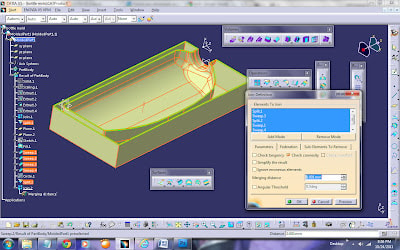
As the design evolves, so does the model dynamically!
New constraints, simulation results, or manufacturing inputs lead to changes. Reinforcements are added, clearances are tweaked, and weak spots are reworked. Because CAD models are parametric, edits to one feature can automatically update the rest, ensuring assemblies remain consistent and accelerating design iterations.
To support this dynamic process, cloud-based CAD solutions enable real-time collaboration for product design teams.
The same CAD file serves as the basis for a variety of operations in product design, prototyping, and manufacturing:
- engineering drawings,
- simulations (FEA, CFD),
- Manufacturing tools such as CAM or 3D printing.
Let us now move to Testing & Simulation.
Iterative Testing & Simulations
Finite Element Analysis (FEA) and Computational Fluid Dynamics (CFD) simulations are essential tools for evaluating structural, thermal, and fluid performance under realistic conditions before any physical prototype is built.
FEA helps assess stress concentrations, deformations, vibration behavior, and safety margins under various mechanical loads.
CFD provides insight into fluid flow, heat transfer, turbulence, and pressure distribution across surfaces and internal channels.
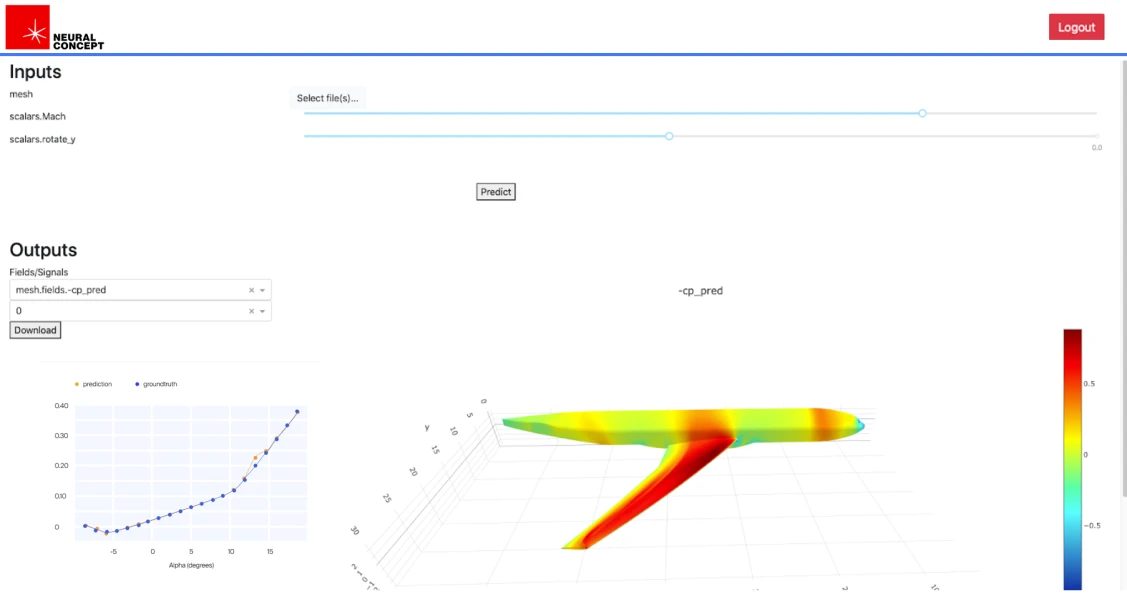
These virtual tests are often performed in loops. Models are adjusted, re-simulated, and re-evaluated until performance targets are met. Even simplified, early-phase simulations can highlight critical design flaws and guide meaningful improvements.
As the design progresses, physical testing may follow.
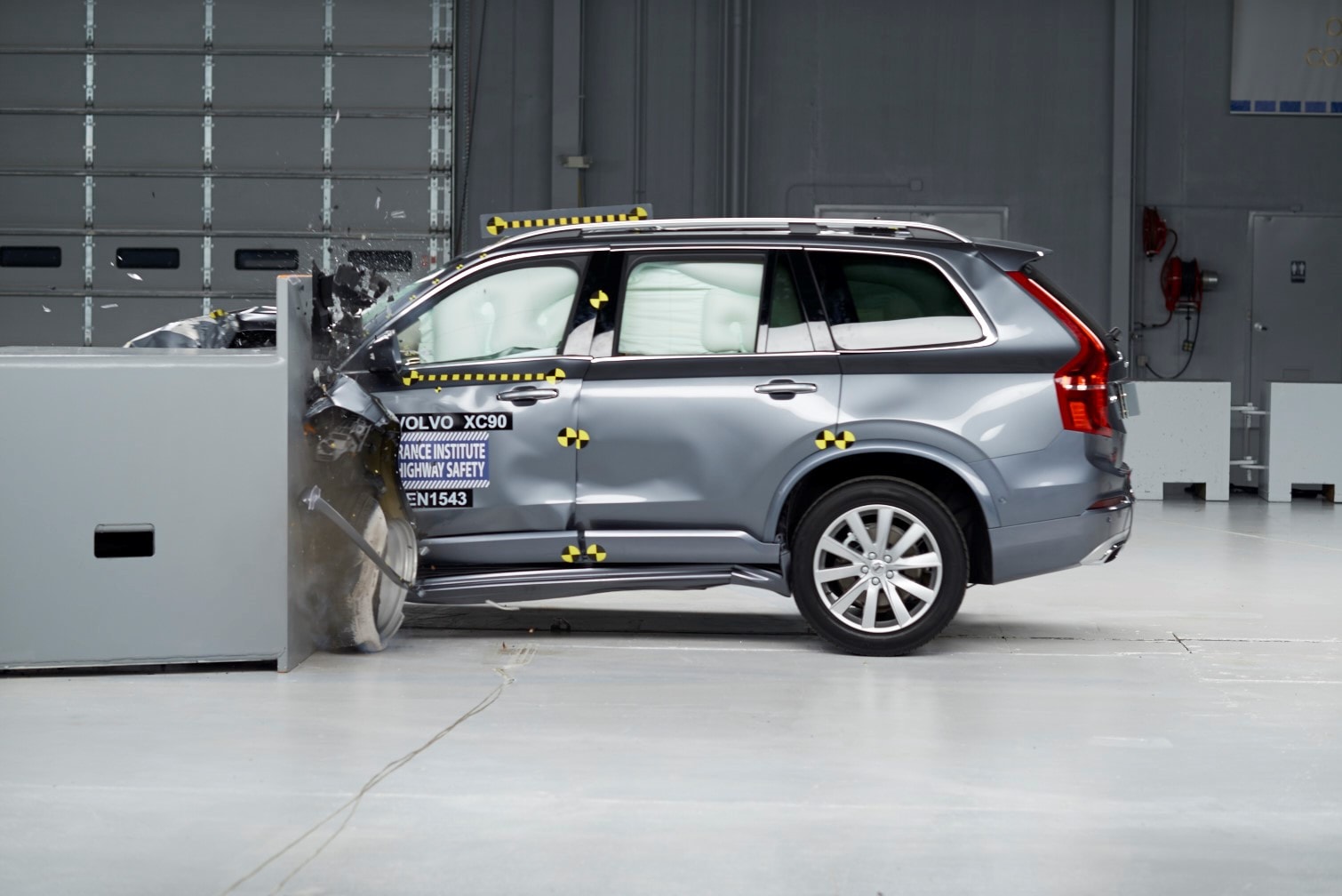
3D-printed or machined prototypes undergo a real-world evaluation to validate assumptions made in simulation. Mechanical tests, such as fatigue or impact, and thermal tests feed back into the Computer-Aided Design (CAD) model to help refine and validate the design. This feedback loop is enabled by PLM systems, which connect test data, CAD models, and engineering workflows to facilitate integration. Linking test results to specific design iterations, engineers can trace performance issues, document changes, and make informed updates, ensuring the final product meets technical and manufacturing requirements.
Best Practices for Embodiment Design Methodologies
- Optimize for Design for Manufacturability by reducing complexity, avoiding tight tolerances, and selecting processes aligned with available production capabilities.
- Utilize digital twins to simulate system-level behavior across usage scenarios, which is ideal for mission-critical systems.
- Select eco-friendly materials when performance permits for branding purposes and to meet regulatory compliance requirements.
3. Design for Manufacturing Processes
In mechanical engineering, successful products are functional and aesthetically pleasing. Products also have to be manufacturable. And that is where manufacturing engineering meets product design.
Product designers go beyond aesthetic and functional concerns, applying engineering principles to ensure their ideas can be produced with respect for both practical aspects.
Product designers do not just shape ideas; they ensure that those ideas can be built. This involves considering production costs, material selection, structural integrity, and manufacturing and assembly methods.
To bridge the gap between concept and the factory floor, designers gain an understanding of how things are made. The earlier the manufacturing know-how enters the process, the faster, more innovative, and more practical the outcome.

Role of Computer-Aided Design for Manufacturing Engineering
Using computer-aided design tools, product designers collaborate closely with engineers to model parts and assemblies that align with real-world manufacturing processes. These processes include injection molding, CNC machining, casting, and additive manufacturing.
This collaboration between manufacturing engineers and product designers ensures that tolerances, material choices, and geometric features serve the dual purpose of performance and production, thereby increasing product reliability. It reduces the risk of defects during fabrication, ensures parts fit and function as intended, and avoids costly redesigns or delays once manufacturing begins.
Career Pathways in Product Design Engineering
Product Design Engineering blends engineering, design principles, and manufacturing awareness to create functional products. In this field, product design engineers take ideas from concept to production, often collaborating with cross-functional teams and utilizing technical skills in tools such as Computer-Aided Design and Computer-Aided Engineering (CAE) throughout the process. This overview introduces the core components that define careers for product designers and product design engineers.
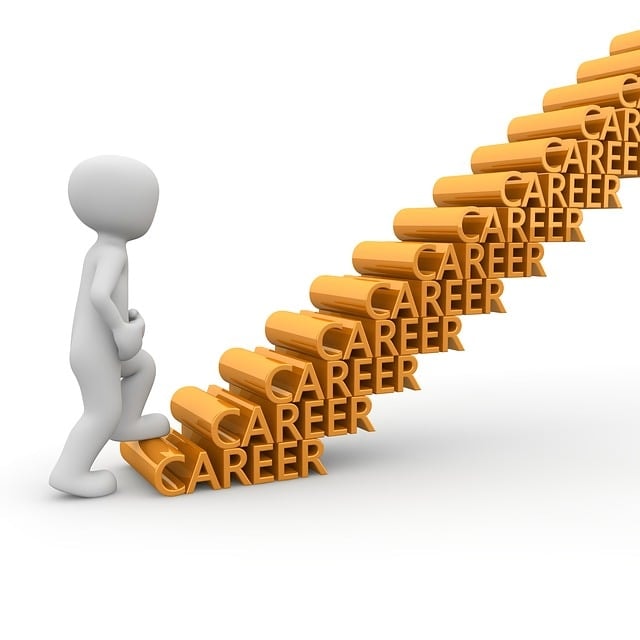
Role Overview
Product designers translate design briefs into practical solutions. Their role encompasses early-stage concept development, CAD modeling, simulation, material selection, and preparation for manufacturing. They act as a bridge between industrial design, engineering, and production, ensuring that products are innovative but also manufacturable and cost-effective. XXX
Product design engineers may perform managerial duties such as budgeting and training staff.
Educational Requirements for Product Designers
A foundation in engineering, product, or industrial design is usually required. Bachelor’s degrees in these areas are standard, while some roles may require or prefer a master’s degree. Certifications in CAD software, CAE tools, or design for manufacturing methodologies can be valuable additions to your skill set. Internships can provide valuable experience for aspiring product designers.
For many roles, practical experience and job-related skills are more important than having a degree for many product design roles. While casual users can exploit customized apps without delving into the intricacies of the used methods, specific roles, especially in R&D, such as structural simulation, material selection, or system integration, still require a solid technical foundation and specific academic paths.
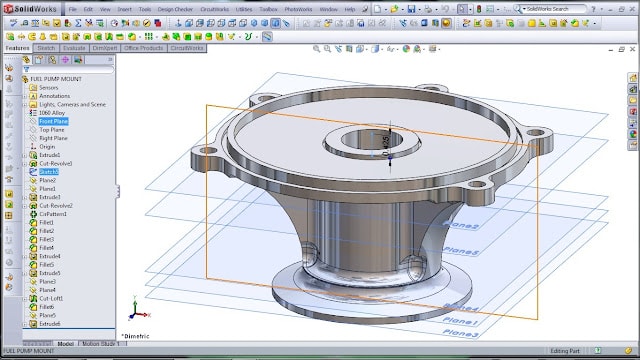
Essential Skills for Product Designers
Traditional core technical skills include 3D CAD modeling, material science, and knowledge of manufacturing processes. Proficiency in one or more 3D simulation disciplines, such as FEA or CFD, is now also part of the classical CV.
Equally important are soft skills: the ability to communicate with cross-disciplinary teams, solve problems under constraints, and iterate rapidly based on testing and feedback.
Industry Opportunities
Product designers play a pivotal role across a diverse range of industries, translating functional requirements into manufacturable and user-centric products that meet users' needs. Demand is strong in sectors that emphasize product innovation, rapid iterations, and tight integration between design and manufacturing.
Their skill set is highly transferable, with demand for product designers in sectors such as:
- Automotive – OEMs: Designing entire vehicle platforms or sub-systems, balancing performance, cost, and manufacturability within tight cycles.
- Automotive – Tier 1 Suppliers: Developing components such as lighting systems, interiors, braking systems, or powertrains to integrate seamlessly into OEM designs.

- Aerospace & Defense: Focusing on high-performance, safety-critical systems where weight reduction, reliability, and regulatory compliance are substantial.
- Consumer Electronics: Combining compact packaging, thermal management, and user-centric aesthetics in extremely fast-paced, innovation-driven markets. The demand for primary and secondary battery technologies has soared due to the growth in consumer electronics and electric cars.
- Medical Devices: Designing for usability, sterilization, biocompatibility, and regulatory approval in devices directly impacting human health.
- Industrial Equipment: Creating serviceable systems that operate reliably in demanding environments, from robotics to heavy machinery.
Salaries
Here are recent salary figures for product designers in the United States, based on data from 2025 extracted from various sources, including CareerFoundry, Glassdoor, and ZipRecruiter, across multiple industries, such as automotive engineering.
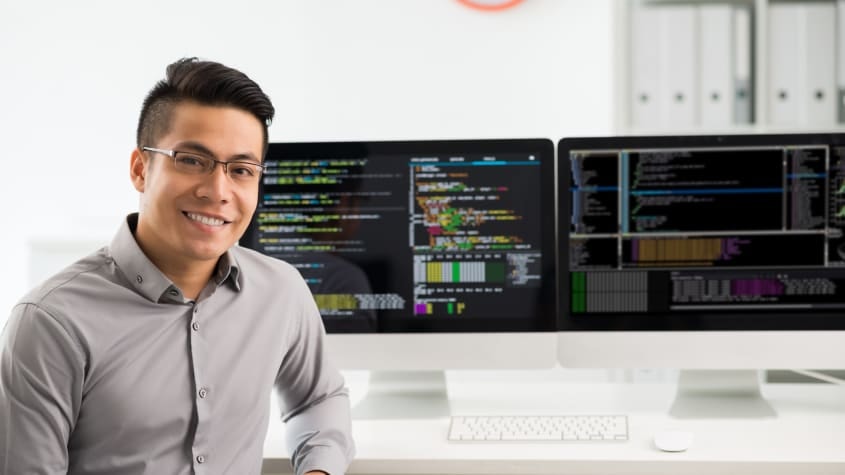
- Entry-Level Product Design Engineers Average Salary: Entry-level product design engineers earn an annual average wage of $ 60,000 or more.
- Mid-Level Product Design Engineer Average Salary: Mid-level product design engineers earn an annual average wage of $ 85,000 or more.
- Senior Product Design Engineers Average Salary: approximately $ 110,000 per year.
- Overall Average Salary for Product Design Engineers: Base Salary approximately $ 60 -110k per year; this total compensation should be rounded up, including bonuses and other benefits such as company car, 401 plan, and so on.
Salaries are also related to the geographical location - a wage in the Bay Area could be 40-50% higher, all things being equal, than what you can get in Huntsville, AL. However, this is tempered by a cost of living that could be 80-100% higher.

How AI and Emerging Technologies Are Reshaping Product Design
One of the contemporary trends in the innovative product design is the use of AI to explore design alternatives more quickly, identify weaknesses early, and optimize performance under constraints. When integrated into established CAD and design workflows, AI becomes a practical tool to accelerate iterations.
AI in Design Optimization: Smarter, Faster, and More Efficient
Neural Concept’s AI platform has been utilized to optimize heat exchanger designs by predicting temperature and fluid velocity distributions.
The Neural Concept platform leverages training data from previous non-optimal designs to enhance predictive performance, allowing for efficient design iterations without the need for extensive simulations and manual intervention thanks to machine learning optimization.
Digital Twins: The Virtual Revolution in Product Development
Neural Concept has integrated its 3D AI platform with NVIDIA [ Blueprint to create real-time interactive digital twins for product development, as disclosed at CES 2025.
This integration enables OEMs to simulate and visualize product performance in real time, significantly accelerating design iterations and reducing time to market.

Sustainable Design Practices: Engineering for a Greener Future
Neural Concept advocates for sustainability in engineering by emphasizing the importance of material and energy efficiency in product design. The Neural Concept platform users and the Neural Concept team promote using fewer materials and minimizing waste disposal, aligning with a growing demand for environmentally conscious products.
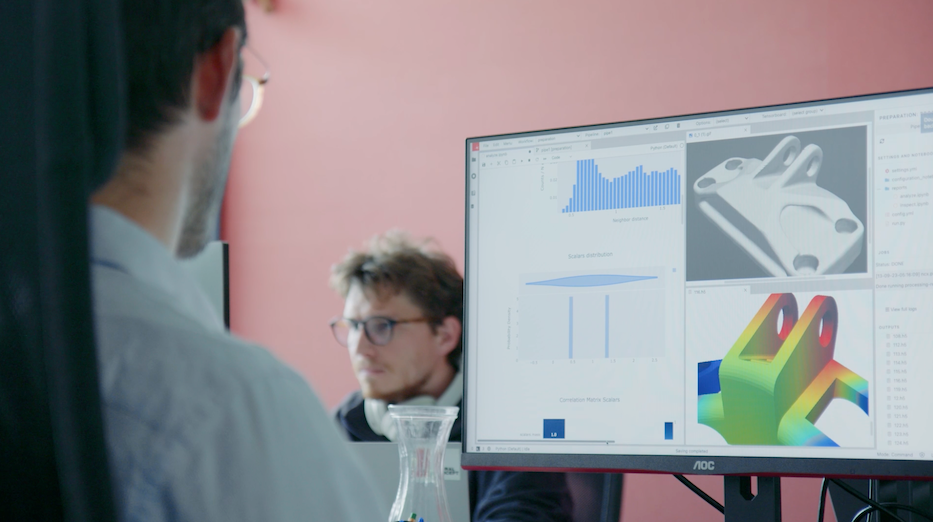
Conclusion
The product design world offers exciting opportunities for product design engineers to contribute to innovative designs across industries. The product design engineer’s skills portfolio helps shape new products that meet user needs and business goals. Product design engineers can play very different roles.
Companies seek talent who understand the entire development pipeline, from early concept to production. Expertise in emerging technologies that provide a competitive edge in adoption, such as the Neural Concept platform in simulation-driven design, is a bonus.
For those looking to pursue this career, targeted courses, hands-on experience, and a solid program of study in engineering can open doors to a role in shaping the next generation of products!
FAQ
What does a product design engineer do?
Design engineers translate requirements into detailed, manufacturable solutions that meet specific needs and requirements. Their activity includes 3D modeling, selecting materials, defining tolerances, running simulations, and collaborating with cross-functional teams to align design with cost, performance, and production constraints.
What are the core engineering tasks in product design?
Tasks include material selection, tolerance analysis, mechanical simulation (e.g., FEA for stress analysis, CFD for flow and thermal analysis), Design for Manufacturing, and iterative refinement of assemblies to ensure reliability, serviceability, and compliance with specifications.
What technical trends are shaping product design?
A few tech trends are: simulation-led design (especially using Deep Learning as a surrogate for earlier design decisons and faster iterations), algorithmic optimization (also supported by Deep Learning predictions), integration of high-fidelity multi-physics CAE earlier in the design phase, light-weighting via topology optimization, and increased use of composite materials and additive manufacturing.
How does user experience (UX) intersect with mechanical design?
UX affects ergonomics, control placement, and physical interaction. Engineers account for these early in the geometry definition, especially when constraints from human factors, such as reach, grip, and comfort, influence part layout or packaging.
What are the practical barriers to using AI-driven design tools?
AI design tools are advancing, yet engineering teams face challenges such as needing high-quality, domain-specific training data and ensuring that AI-generated geometries adhere to real-world constraints, including manufacturing methods and material behavior. Progress is ongoing with hybrid workflows that blend AI suggestions with human judgment and models tailored to specific industries.


